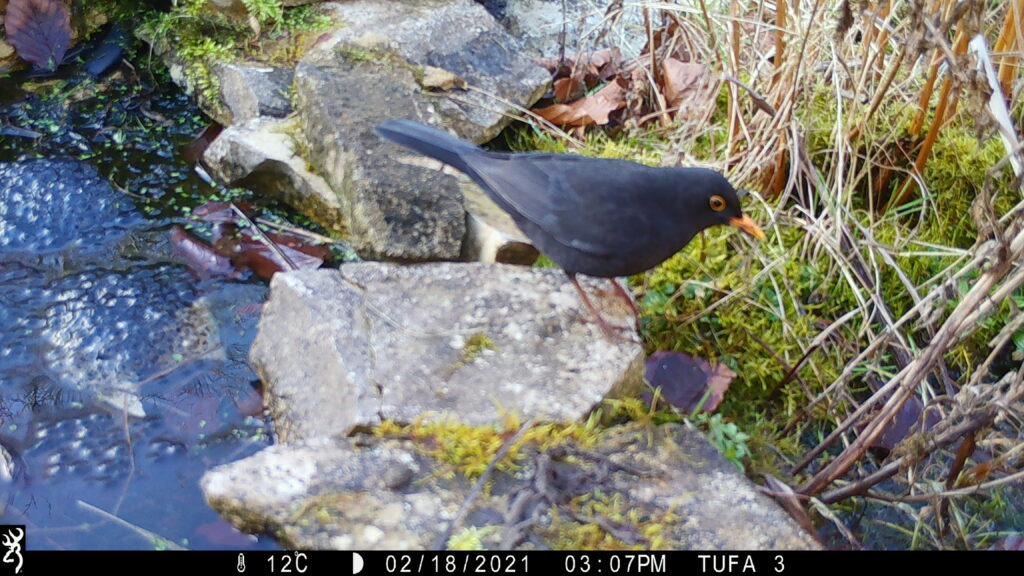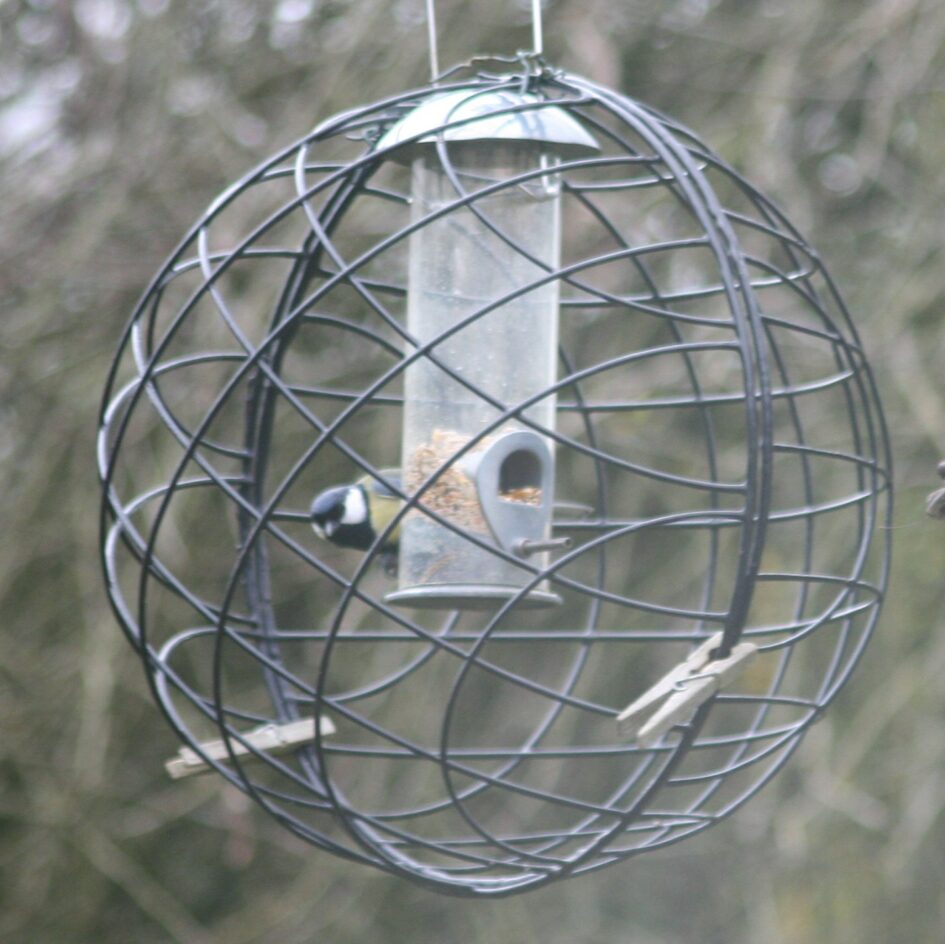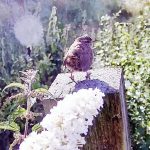September is a strange month for birds that visit our gardens and the Tufa Field . Blackbirds, Robins, Sparrows, Dunnock and so on are amongst the common small birds that moult their flight feathers now. This means that their flying is restricted and slower or shorter than usual. So we start to see many birds on the ground and in hedgerows, foraging for food such as berries and seeds. Raptors such as Sparrowhawks, moult one feather at a time so continue to operate, meaning the smaller birds have to hide more. This is where the Tufa Field hedges, brambles and small trees become so important, providing cover and food for these birds.
We are all aware of the importance of not disturbing nests in the spring and early summer and hopefully not cutting garden hedges, but now is also important and we should be only lightly clipping hedges where possible, and being aware that birds may be hiding.
If you are a bird feeder, then consider increasing the amount of ground food you put out, less seed and more fruit/mealworms/berries, always being aware that this can attract rodents, so little and often is the rule.
By mid-October, the small birds will emerge again with their winter plumage, the sleek black of Blackbirds and the vibrant red of Robins.
Once again, we are reminded of the interconnected dependencies of Nature, and the importance of diverse and wild habitats, even if, to our eyes, they can look a bit untidy.

Blackbird looking for food.











 Total views : 89291
Total views : 89291

Leave a Reply